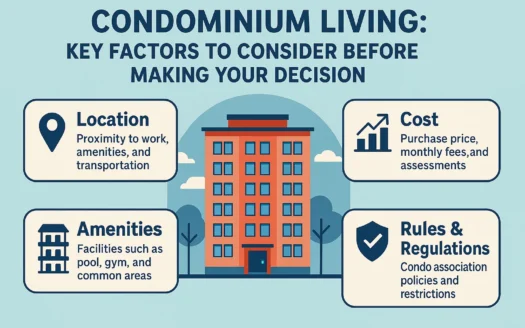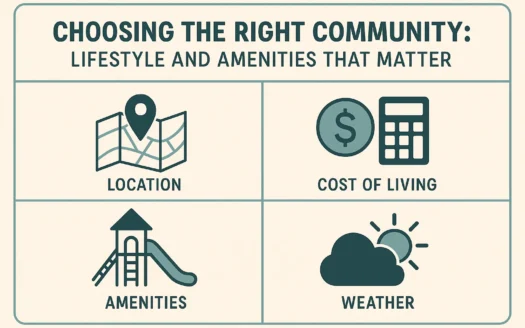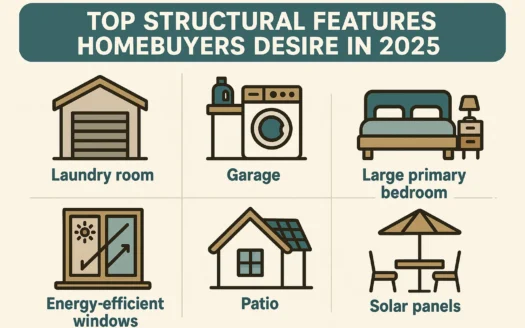The Shrinking American Dream: How Smaller Lots Are Reshaping New Homeownership

The Shrinking American Dream: How Smaller Lots Are Reshaping New Homeownership
The median lot size for new detached homes has reached a historic low, dropping to 8,560 square feet (approximately one-fifth of an acre) in 2025, according to U.S. Census Bureau data. This represents a 14% reduction from the 1992 median of 10,000 square feet—a loss equivalent to space that could accommodate an additional home. While this trend raises questions about its implications for modern homebuyers, the answers remain multifaceted.
Regional Variations in Lot Sizes
A 2025 National Association of Home Builders (NAHB) study revealed significant geographic disparities in median lot sizes for single-family homes:
- New England: 0.4 acres
- East South Central: 0.3 acres
- Middle Atlantic: 0.3 acres
- East North Central: 0.22 acres
- South Atlantic: 0.21 acres
- West North Central: 0.22 acres
- West South Central: 0.17 acres
- Mountain: 0.17 acres
- Pacific: 0.15 acres
Why Lot Size Matters
While buyers often prioritize interior space, lot size significantly impacts:
- Outdoor living potential (gardens, pools, patios)
- Privacy from neighbors
- Property value and pricing
- Maintenance costs and effort
- “Lot coverage” ratios (home-to-yard space balance)
The Paradox of Shrinking Lots and Expanding Homes
Despite smaller lots, new homes have grown larger—the national median size reached 2,436 square feet in early 2025. Builders face design challenges to accommodate modern expectations:
“Designing a 3,200 sq.ft. home with spacious rooms on a 50×40 lot requires creativity. Newer homes often appear narrower from the street but maximize interior space through deeper footprints.”
The Affordability Equation
Smaller lots may offer financial advantages:
- Lower development costs: “Reduced land acquisition expenses can translate to more affordable pricing or upgraded home features,” explains a real estate attorney.
- Prime locations: Compact lots enable development in desirable urban-adjacent areas with walkable amenities.
- Community dynamics: Tighter layouts often foster stronger neighborhood interactions.
Ownership Considerations
While smaller lots may reduce yard maintenance, savings depend on:
- Landscaping choices (natural vs. curated spaces)
- Hardscape complexity (driveways, walkways)
- Local climate factors (snow removal, drought-resistant planting)
The Bottom Line for Buyers
Smaller lots represent neither universal improvement nor compromise—they reflect evolving priorities in housing design and urban development. Buyers must weigh tradeoffs between outdoor space, location preferences, and maintenance requirements against their vision of homeownership.




